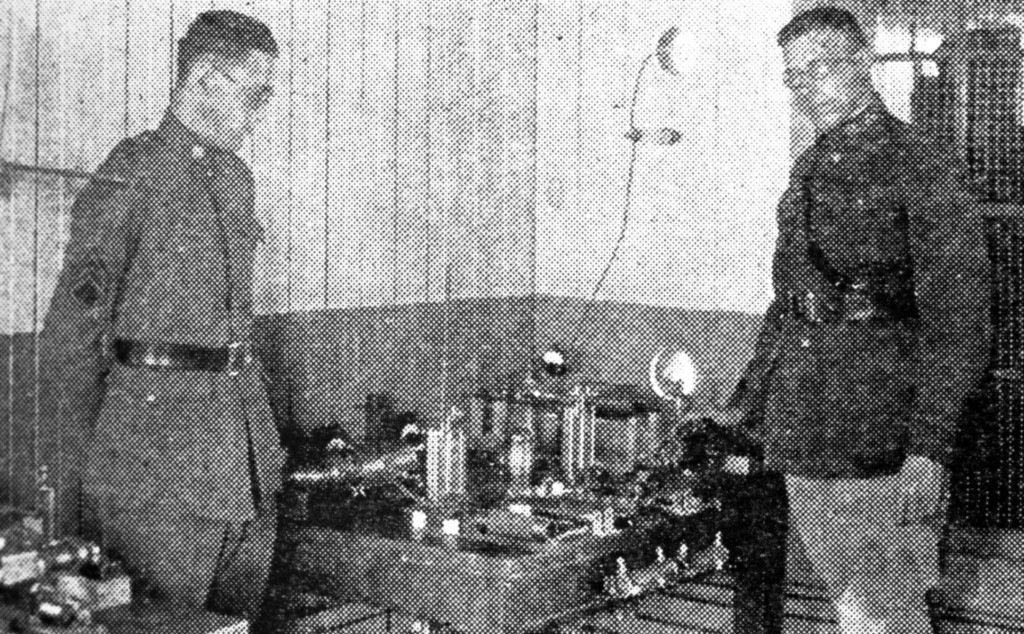
Army station 2CXL, Ft. Monmouth, NJ, ca. 1925. Captain Rives is at right.
In the fall of 1925, the US Army worked out a plan for transmitting amateurs1 to take part in a cooperative operation in support of Regular Army, National Guard and Reserve units, to handle traffic and provide communications in times of emergency, provide a reserve of trained operators, and exchange ideas about radio.2 Those interested (Official Relay Stations of the ARRL’s Traffic Department were already interested, with 80% responding in a survey) were asked to send a station card (not yet widely called a QSL card) to the League, and another to the commanding general for their Signal Corps area. Each would then receive a certificate of appointment. This operation was the first precursor to what later became the Military Affiliate Radio System or MARS. Service was voluntary and members were free to withdraw at any time.
A system of nets3 was organized for each Corps Area and Division and for each state’s National Guard. The headquarters at the Signal School in Fort Monmouth, New Jersey, operated station 2CXL. All others were amateur stations owned either privately or by the Army. Tests of the amateur nets would be conducted several times per year.
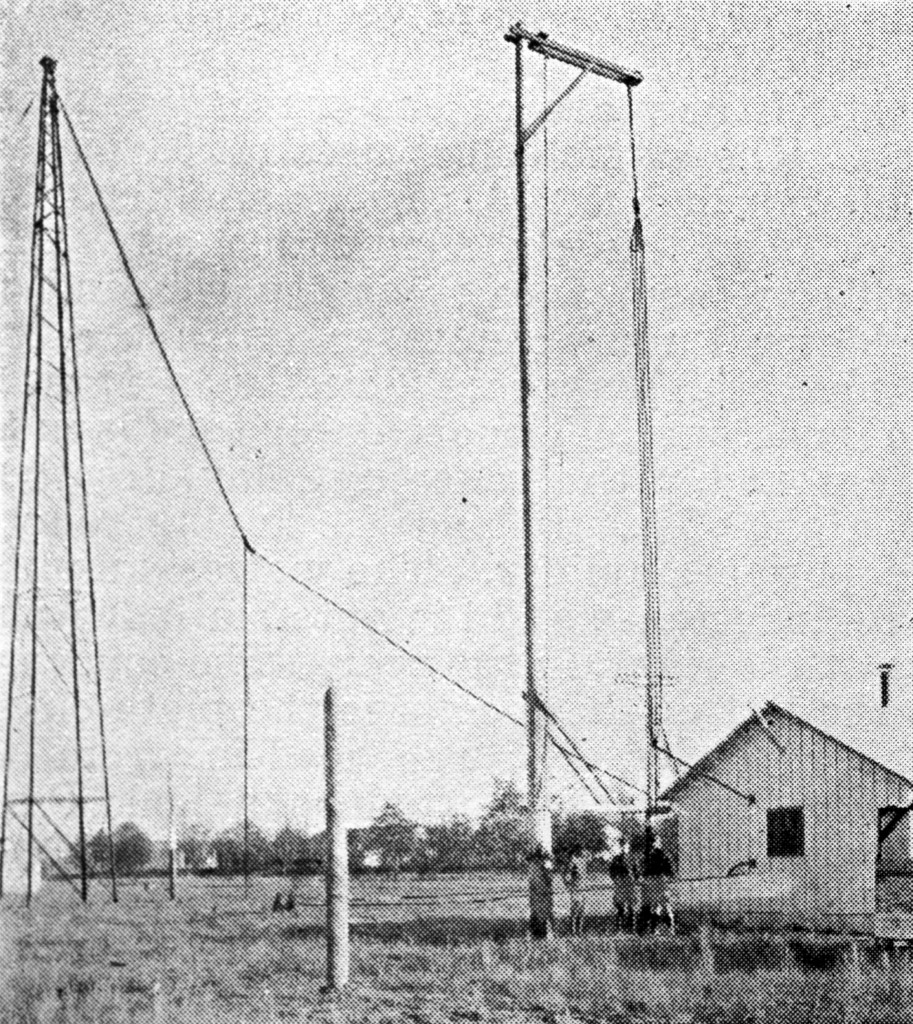
Cage 40-meter vertical at 2CXL
The plan was approved by the War Department and went into effect on 1 November.4 Captain Tom C. Rives at Fort Monmouth was appointed Army liaison. “It seems to us that this affiliation is about the most important thing that ever happened to amateur radio in this country. It constitutes a very signal recognition of the importance of the amateur,” noted Warner, with apparently no pun intended.
Army Chief Signal Officer Major General Charles McKinley Saltzman officially appointed the ARRL as the representative of the “transmitting amateurs of the country in their affiliation with the Signal Corps of the Army.”5
The following spring, QST published “A Vacation Possibility” referring to a newly established Army training camp to be conducted that summer at Fort Monmouth for young men ages seventeen to twenty-four.6 In particular, “the type of young man who is wanted at Fort Monmouth this summer is the one who will be interested in living in a tent, under military discipline, drilling, learning to handle a pistol; seeing how the Army radio sets are constructed, set up and operated; how military traffic is handled after communication has been established; how 2CXL (the central station of the Army-Amateur Radio net) is built and operated; and how he may prepare himself for an important part in the nation’s defense system while at the same time pursuing his beloved specialty, radio.”
It seems that radio, not the Jersey shore, would provide the “vacation” element.
![]()
Hiram Percy Maxim wrote that he had not felt such a “kick” since 1917 when he received a long distance phone call from the US Navy, just a few months before the country entered the war, asking for help in recruiting amateurs to serve as radio operators.
Now, eight years later, he had just opened a letter from Captain Ridley McLean, USN, Director of Naval Communications, which brought back the same feeling. The Navy was planning to establish a Radio Reserve Force of six thousand skilled radio operators from which to draw in times of national emergency.7 Ridley had written to Maxim to once again ask for the League’s help.
Free of charge and voluntary, the Reserve would involve “no drilling nor cruising, unless the operator desires it.” In that case it would consist of “a couple of weeks in the summer cruising on a warship, drilling and learning naval radio procedure at Uncle Sam’s expense”—a great opportunity for any young ham to serve and be educated.
![]()
Beyond cooperative organizations, amateur-military collaboration would take place on a personal level too.
The impressive results amateurs were reporting on the shortwaves did not go unnoticed by the Navy, a very early proponent of radio and always interested in advancing the art. The days when its interests were at odds with those of the amateurs had long since passed. Eager to investigate just what new capabilities the shortwaves offered, the Navy decided to conduct a sea trial and join the exploration of the new territory.
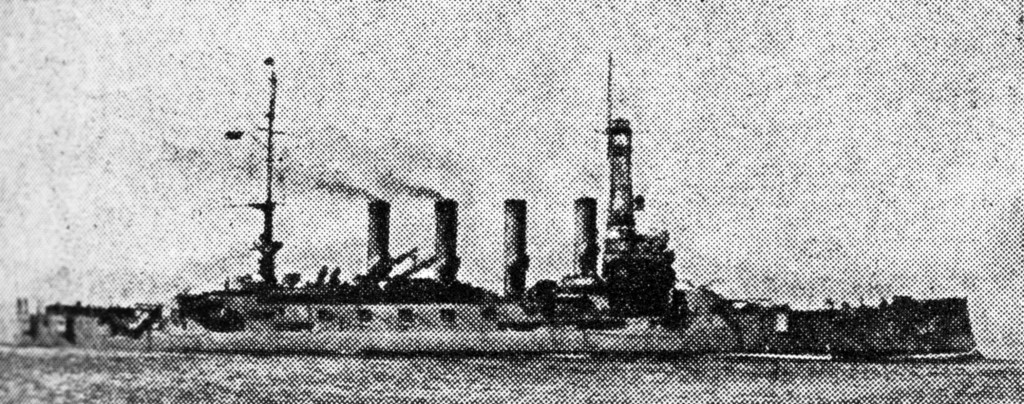
USS Seattle
In April 1925 ARRL Secretary Kenneth Warner announced that Traffic Manager Fred Schnell was to take a seven-month leave, return to active duty as a Navy lieutenant, and conduct shortwave radio experiments with the Pacific Fleet.8 Leaving San Francisco that month aboard the USS Seattle, an armored cruiser and the flagship for the Commander in Chief of the United States Fleet, Schnell planned to travel to Australia and New Zealand after Navy maneuvers near Hawaii in May. Along the way he would visit various other South Pacific islands on the fleet’s itinerary, and given leave in each port to connect with local amateurs.
Schnell would operate a station consisting of several shortwave transmitters and receivers, and use the call sign NRRL for both Navy and amateur operation. The station, and Schnell’s time, would be devoted entirely to shortwave experiments, completely separate from the fleet’s own activities. Thus he’d have “nothing to do but pound brass to his heart’s content”—a pleasure cruise for a hard-boiled ham like Schnell, paid for by the US Navy.
Everyone in the world was invited to participate in the experimental operation by contacting NRRL and sending reception reports to the League and the Naval Research Laboratory. With echoes of Godley’s trip to Ardrossan,9 Warner wrote that, “this cruise presents the long-awaited opportunity for us to test at big DX10 with somebody on the other end who knows our stuff.”
F. E. Handy, 1BDI-1XAH of Maine was named to fill in for Schnell as traffic manager during his trip. Assisting Schnell was Chief Radioman Ryan, who was “one of the best operators [Schnell] ever met,” and along with four or five other crew members kept the station on the air, probing the shortwaves as they plied the ocean waves.
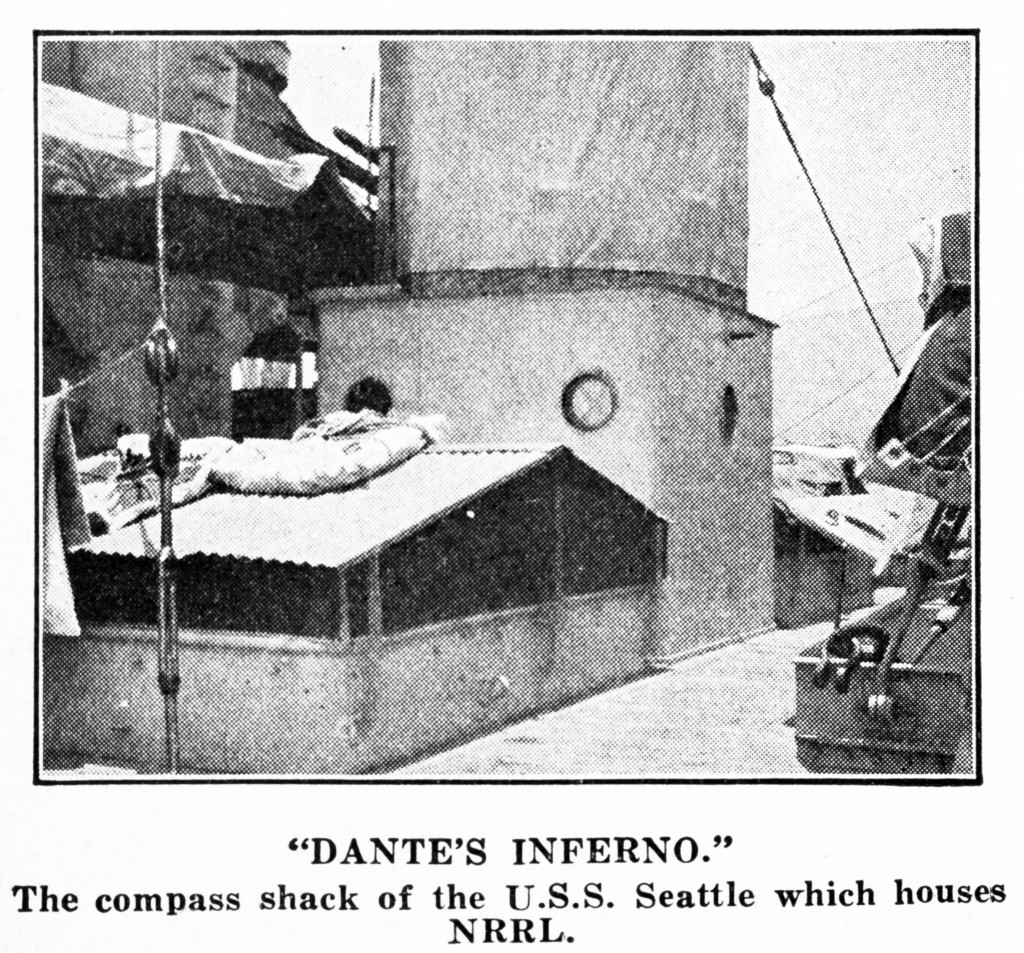
Apparently no one had planned ahead exactly where aboard ship the experimental station would be situated. So, when Schnell reported for duty, he and Radio Officer Lt. Williams had to search the overcrowded Seattle for a spot, finally deciding on the compass shack, a six-foot-square compartment with five portholes and walled with heavy armor plate. “On either side of the compass shack are two up-takes from the engine room, from which we were blessed with plenty of heat no matter what direction the wind. Such was the location of NRRL,” wrote Schnell.
Mostly standard equipment comprised the station aboard the Seattle.11 A Hartley crystal-controlled, 1-kW transmitter with a DC power supply, built and tested in operation at NKF, operated on 54.4 and 27.2 meters. A second transmitter would be used on the 20-, 40-, and 80-meter bands running four 50-W tubes from a DC supply, or two by two on each half of an AC supply cycle. Two autodyne receivers completed the station, one built by Schnell, the other by the Naval Research Laboratory.
The receiving antenna was thirty-four feet long running parallel to the transmitting antenna and only a few feet away. Schnell’s receiver had no problem with QRM from the other high powered transmitters aboard the Seattle. But his transmitting antenna, a 74-foot-long mostly vertical wire, was in close proximity to some of the ship’s guy wires, probably generating spurious signals and channeling RF where it shouldn’t be. Moreover, his inductively-coupled transmitter was likely generating harmonics. So, as they got underway, Schnell discovered that he was causing interference to other receivers on the ship. Switching to use very loose transmitter-antenna coupling greatly reduced spurious signals and cured the problem.
The fleet left San Francisco on the afternoon of 14 April 1926. Although Schnell was an experienced seaman, and had crossed the Atlantic during the war, by 8:00 that evening he was stricken with severe sea sickness which took him out of action for four days. When he finally managed to get on the air the crew worked many stations across the US with ease near 80 meters wavelength as they headed for Hawaii. And two days later, arriving in Honolulu, they worked z2AC in New Zealand. The ship’s station was clearly performing well, though its operation had not gone without incident.
When the AC power generator failed just before reaching Hawaii, they discovered a 250-cycle dynamotor, which worked just fine with their 60-cycle transformers and got them back on the air, albeit with a more distinctive tone. But they liked it so much they kept operating that way even after the generator was fixed. Schnell remarked that the modulated signal was so recognizable, “that many times I merely called CQ just once without even signing and logged from two to five amateurs calling NRRL. Again I would call CQ and sign FS with the same result.”
Naval maneuvers occupied the next month around the Hawaiian Islands. Although mostly off the air, they continued to listen, hearing j1AA in Japan among other DX stations. Still new to the conditions on shortwave, Schnell was particularly impressed with the 40-meter band when he compared signals from 6AWT with those on 80. “I couldn’t believe my ears when 6AWT opened up on 4000 kc12 and then compared signals on the 7500 kc band. 6AWT was readable on 4000 kc with two … stages of audio amplification,” he wrote, “but on 7500 kc he was audible 50 feet from the fones.”
Although he heard very few stations operating on 40, he nevertheless shifted his emphasis there, calling near 7,610 kHz and worked stations over a wide area. “In less than ten days we had every US District, Canada, Mexico, Japan, Australia and New Zealand in our worked column,” he noted. While his enthusiasm ran high, so did the heat in his operating environment. There were times during maneuvers when he would see the temperature in the compass shack rise “far above” 100° and, “With the heat coming from the up takes, I felt like a turkey being roasted on Thanksgiving day.”
On switching to 20 meters they continued to work quite a few stations in the neighborhood of 15,000 kHz. On 25 May, Schnell worked Pacific Division director, A. H. Babcock, 6ZD, with whom he then maintained regular skeds. They would continue to QSO nearly every night on 20 until the ship returned to San Diego in September. Schnell attributed that successful series of contacts to 6ZD’s meticulous attention to time. “I could set the clocks of the entire fleet from the minute I heard 6ZD,” he wrote. “Time and time again I checked him and found that he started calling exactly on the minute… This QSO with 6ZD was one of the real thrills of the entire trip … Mr. Babcock, our Pacific Division Director may be over 60 years of age, but I take my hat off to him as a real ham, thoroughly imbued with the spirit that makes this game what it is today. My congrats to 6ZD!” he effused. Schnell was equally impressed with the Navy’s complex maneuvers, which were also run strictly by the clock.
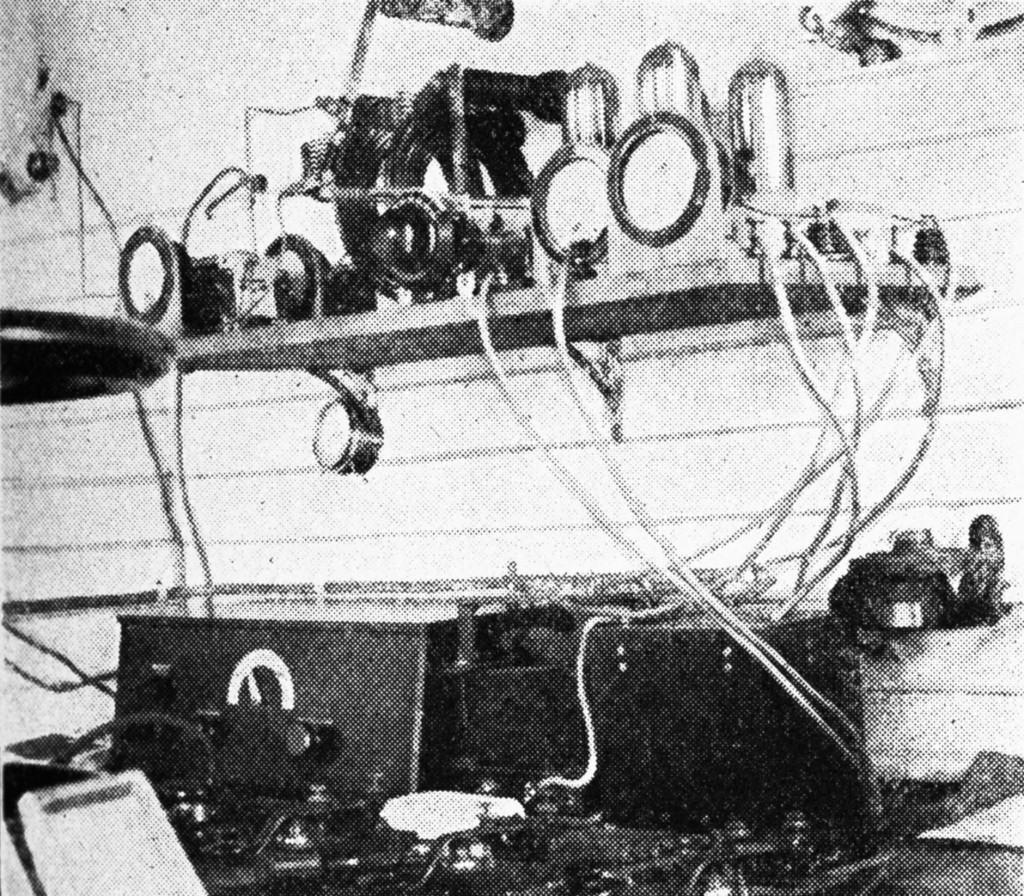
NRRL station equipment
After spending some time ashore with local amateurs, they left Hawaiian waters on 1 July as the fleet headed for Australia. Most of their operating time was now devoted to scheduled contacts with Navy stations NKF at the Naval Research Lab and NPU in Samoa, demonstrating the effectiveness of the higher frequencies as the ship sailed further from home. Crossing the equator on 6 July, Schnell was subjected to a bizarre series of rituals as part of the Navy’s traditional celebration of the event.
Upon his arrival in Samoa on 10 July, Schnell met Cliff Dow, 6ZAC who had been one end of the 1AW-6ZAC record-breaking relay almost two years earlier.13 The stopover was purely for refueling. For the Seattle that meant taking on 32 carloads of coal.
When the fleet reached Melbourne later that month, the radio crew suspended operation, except for the Navy skeds (NRRL was the only radio link back to NKF and NPU at this point), and visited several local hams: Ross Hull, a3JU, editor of Radio Broadcast magazine; afternoon tea with H. Kingsley Love, a3BM, president of the Wireless Institute of Australia; and a dozen or so others. Schnell also addressed a meeting of the Wireless Institute of Australia. In Sydney he met well known shortwave experimenter Charles Maclurcan, a2CM, who escorted him on a tour to meet several other local amateurs and see their stations.
Then it was on to New Zealand on 6 August, arriving in Wellington five days later, where Schnell met several of the “Zedders” during their two-week stay-over. But with far less time to go ashore due to an increased message load for the Navy, the local hams instead came to NRRL to meet him. Since sailing out of normal radio range, the fleet increasingly relied on Schnell’s operation to exchange operations messages directly with home, something never before routinely possible during a distant cruise. NRRL was turning out to be much more than merely an experiment.
More than four months after leaving California, the fleet at last began its one-month voyage home. Leaving Wellington on 24 August, they spent four days back in Samoa in early September, then in Tahiti for five days before heading into the final leg of the trip on 13 September, arriving in San Diego nearly two weeks later.
Admiral E. W. Eberle, Chief of Naval Operations, recognized Fred Schnell’s work, citing his “invaluable” service to the Navy in firmly establishing the usefulness of the shortwaves.14 “It is expected the advantages which will accrue to the Navy and the Government through adoption of this method of communication will be very great,” he wrote, adding, “It is a pleasure to inform you that Lieutenant Schnell has been recommended for promotion to the rank of Lieutenant Commander in the Reserve, as an indication of the Navy Department’s keen appreciation of his conspicuously valuable services.”
![]()
de W2PA
- A term that had come into wide use to distinguish amateurs involved with communications from those interested only in listening to broadcasts. ↩
- “The Army Links up with the Amateur,” QST, October 1925, 22. ↩
- This may be the first time the term appeared in QST in this context. ↩
- K. B. Warner, Editorial, QST, December 1925, 7. ↩
- C. McK. Saltzman, “The Army Network,” Communications, QST March 1926, 56. ↩
- “A Vacation Possibility,” QST, May 1926, 50. ↩
- H. P. Maxim, ”Another Chance to Put One Over,” QST, February 1925, 20. ↩
- K. B. Warner, “Navy Picks Schnell for Tests,” QST, April 1925, 17. ↩
- See the four “Crossings” chapters. ↩
- Here, Warner used the literal meaning of DX as “distance.” ↩
- F. H. Schnell, “The Cruise of NRRL Aboard the USS Seattle,” QST, January 1926, 9. ↩
- Short for kilocycles per second – they were not yet using Hertz as units of frequency. ↩
- See the “Transpacifics” chapter. ↩
- “Recognition for Our Traffic Manager,” Communications, QST, January 1926, 54. ↩
